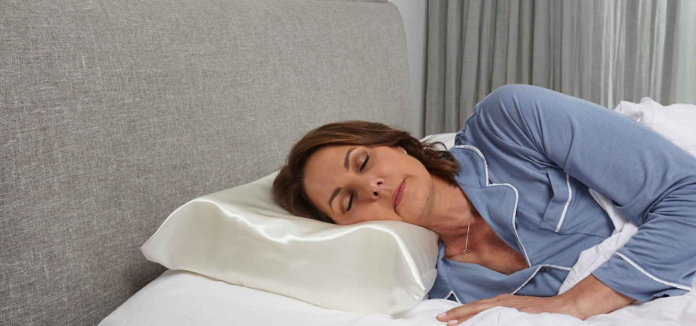Using the same pillow for an extended period can indeed lead to health issues due to the accumulation of dust mites, allergens, mold, and bacteria. Here’s a guide on when and why you should change your pillow:
Health Risks of Using Old Pillows
- Allergies and Asthma: Dust mites thrive in pillows, feeding on dead skin cells. Their droppings can trigger allergic reactions and asthma symptoms.
- Neck and Back Pain: Pillows lose their shape and support over time, which can lead to improper neck and spine alignment, causing discomfort and pain.
- Skin Problems: Old pillows can harbor bacteria and oils, contributing to acne and other skin issues.
- Respiratory Issues: Mold and fungal spores can accumulate in pillows, potentially leading to respiratory problems.
Signs You Need to Change Your Pillow
- Flattened or Lumpy: If your pillow no longer provides proper support or feels uneven, it’s time for a replacement.
- Bad Odor: Persistent unpleasant smells indicate bacteria and mold growth.
- Stains and Discoloration: Yellowing and stains from sweat and oils suggest that the pillow is no longer hygienic.
- Allergy Symptoms: Increased allergy symptoms upon waking could be due to dust mites and allergens in the pillow.
- Age: Generally, pillows should be replaced every 1-2 years, depending on the material and quality.
How to Maintain Your Pillow
- Use Pillow Protectors: These can help reduce the accumulation of dust mites and allergens.
- Regular Cleaning: Wash pillowcases and protectors weekly. Depending on the pillow type, wash the pillow itself every few months.
- Air Out Pillows: Allow pillows to air out periodically to reduce moisture buildup and prevent mold growth.
Replacement Guidelines by Pillow Type
- Memory Foam: Replace every 2-3 years. These pillows can lose their shape and support over time.
- Down or Feather: Replace every 1-2 years. They tend to clump and lose support.
- Synthetic: Replace every 6 months to 2 years. These pillows flatten more quickly.
- Latex: Replace every 2-4 years. They are more durable but can still degrade.
Conclusion
Regularly assessing and replacing your pillow is crucial for maintaining good health and ensuring quality sleep. Keep an eye on the signs of wear and consider your specific health needs when deciding when to replace your pillow.



